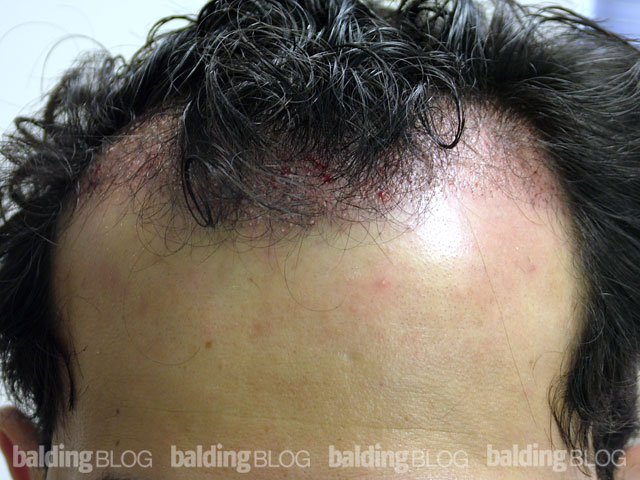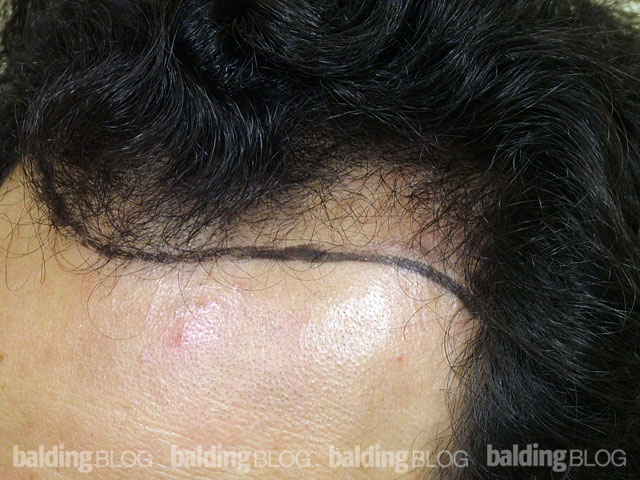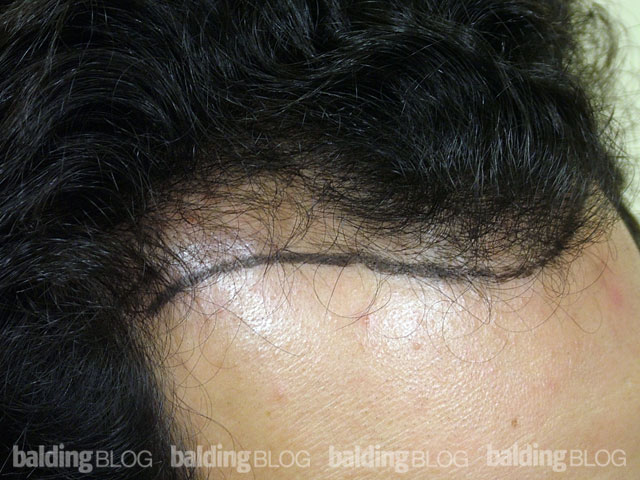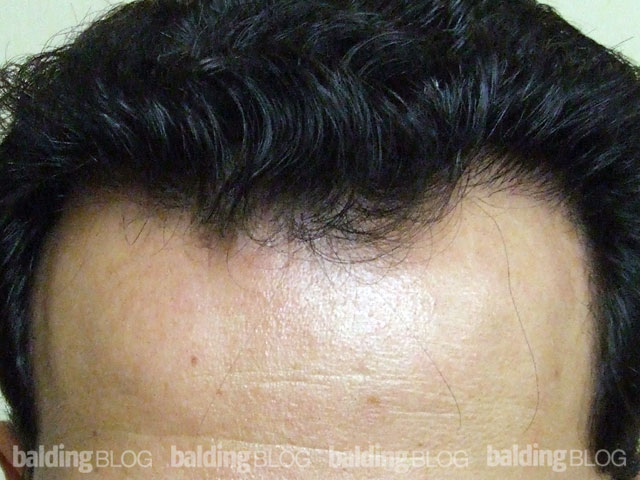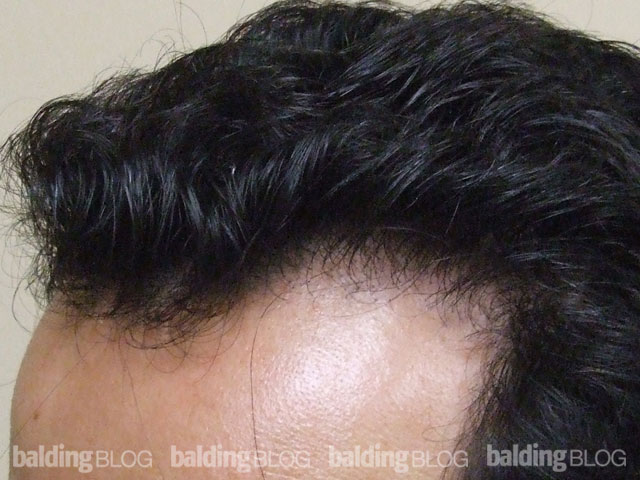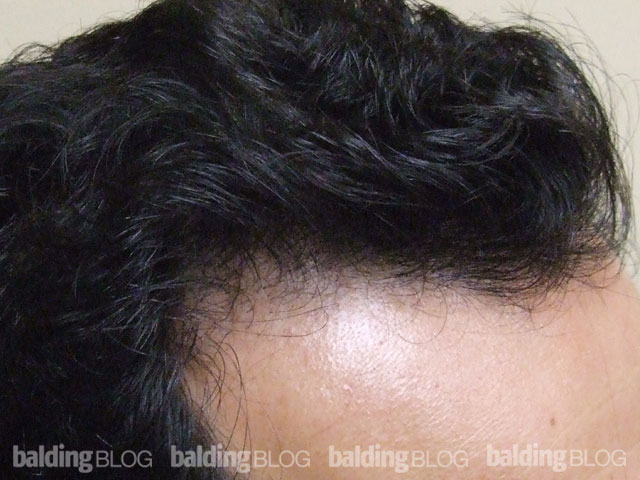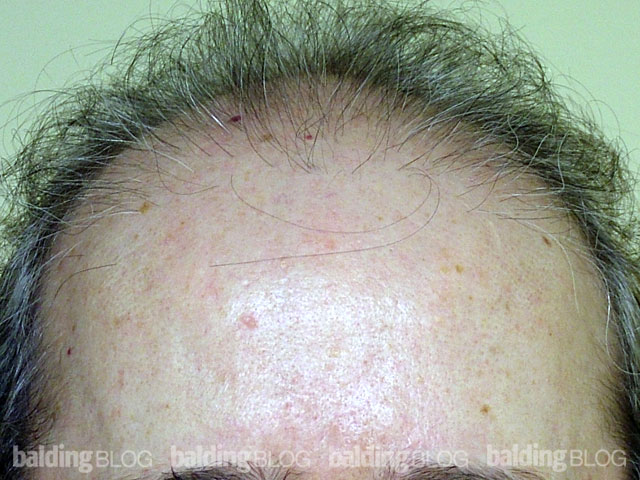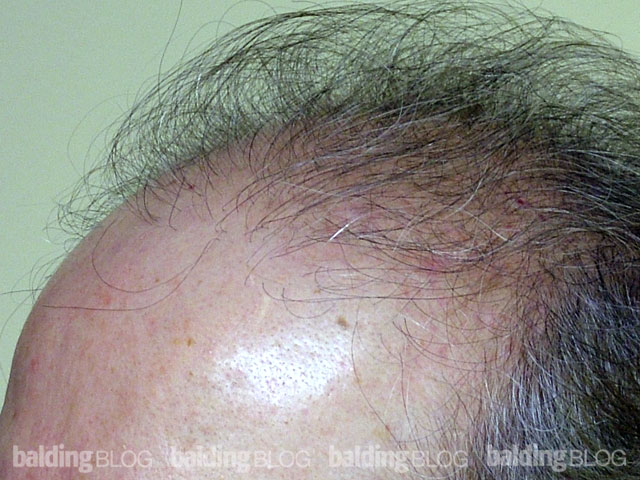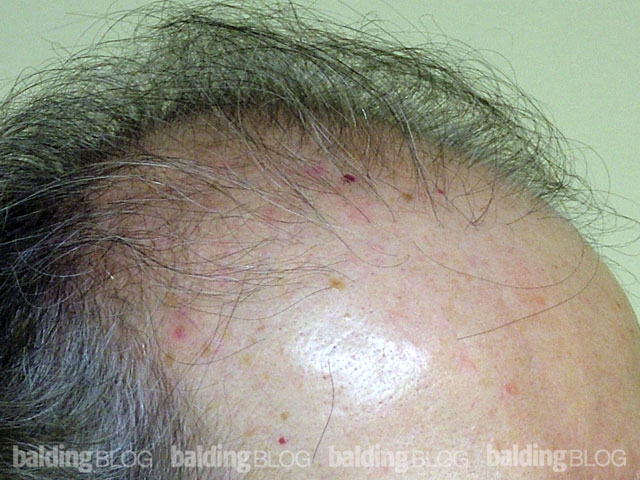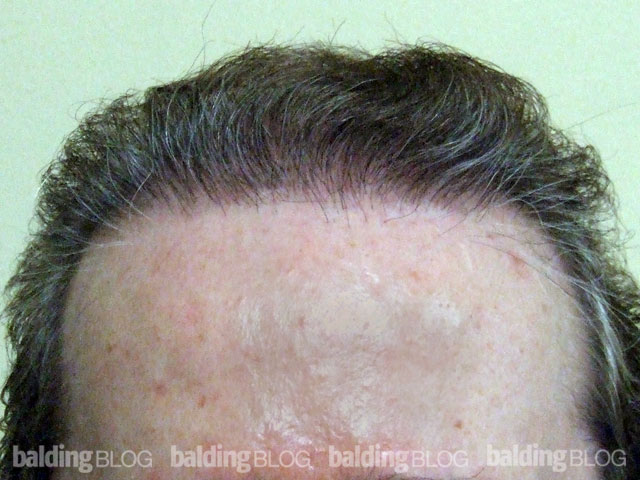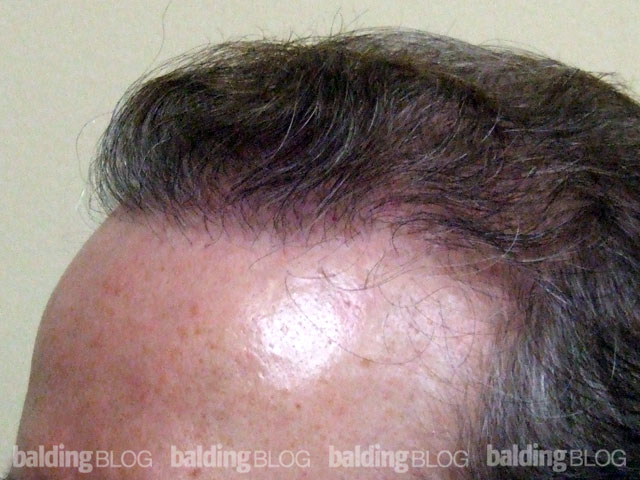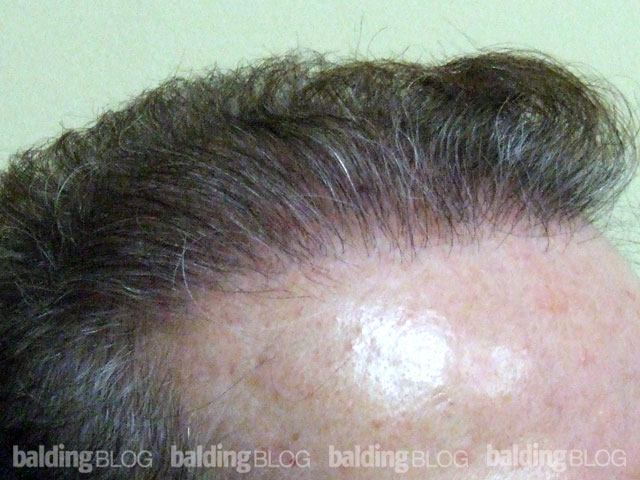Dr. Rassman’s Comments: The following article appeared in Medscape warning of the potential harmful effects of absorption of toxic chemicals when most sun screens are used. Not the only safe sunscreens are highlighted in RED below. This is critical to protect your children from the toxic chemicals in sunscreens.
Every patient in a small, randomized clinical trial testing over-the-counter (OTC) sunscreens quickly developed systemic levels of active ingredients that exceeded the 0.5 ng/mL concentration the US Food and Drug Administration (FDA) guidance says should trigger systemic safety testing, FDA researchers report today in JAMA. While the study authors and the authors of an accompanying editorial are careful not to discourage sunscreen use, they call for prompt safety testing of these compounds.
The FDA research team, led by Murali K. Matta, PhD, took on the question of systemic absorption only after the agency tried and failed to get sunscreen manufacturers to produce such data, according to the editorial by Robert M. Califf, MD, a former FDA commissioner now with Duke University School of Medicine in Durham, North Carolina, and Kanade Shinkai, MD, PhD, from the Department of Dermatology, University of California, San Francisco, and editor in chief of JAMA Dermatology.
Matta and colleagues enrolled 24 healthy volunteers in an open-label, randomized trial of four commercially available sunscreen formulations (two sprays, one lotion, and one cream). The primary outcome was the maximum plasma concentration of the active ingredient avobenzone. Secondary outcomes were maximum plasma concentrations of three additional active ingredients: oxybenzone, octocrylene, and ecamsule.
Sunscreens were applied consistent with current labeling — 2 mg of sunscreen per 1 cm2 to 75% of body surface area 4 times per day for 4 days. The researchers collected 30 blood samples over 7 days from each subject. The study was conducted indoors without exposure to heat, sunlight, or humidity, and wasn’t designed to look at differences in absorption by the type of sunscreen formulation, skin type, or age of the user. Matta and colleagues found that on day 1 after 4 applications, 23 of 24 subjects had systemic concentrations greater than 0.5 ng/mL for all active ingredients in the formulation applied. This is the Threshold of Toxicological Concern (TTC) FDA adopted to approximate the highest plasma level below which the carcinogenic risk of any unknown compound would be less than 1 in 100,000 after a single dose. Systemic levels above 0.5 ng/mL were reached quickly: within 6 hours after the first application of avobenzone, 2 hours after application of oxybenzone, and 6 hours after application of octocrylene.
Moreover, the concentration of the agents continued to increase over time, indicating drug accumulation. With avobenzone, the maximum plasma concentration was 4.3 ng/mL at 67.5 hours with one formulation, whereas the maximum oxybenzone reached was 209.6 ng/mL at 57.0 hours with a different formulation. The authors point out that the clinical effects of plasma concentrations greater than 0.5 ng/mL of these compounds is unknown, “necessitating further research.” Among their concerns are prior reports of oxybenzone in human breast milk, amniotic fluid, urine, and blood, and the possible impact of oxybenzone on endocrine activity. “In this preliminary study involving healthy volunteers, application of 4 commercially available sunscreens under maximal use conditions resulted in plasma concentrations that exceeded the threshold established by the FDA for potentially waiving some nonclinical toxicology studies for sunscreens, Matta and colleagues write. “The systemic absorption of sunscreen ingredients supports the need for further studies to determine the clinical significance of these findings. These results do not indicate that individuals should refrain from the use of sunscreen.”
In the editorial, Califf and Shinkai explain that approval of OTC sunscreens for prevention of sunburn continues to follow standards from “before the modern era of drug evaluation” and that this needs to change to facilitate accurate risk/benefit analysis. They write, “Sunscreen users reasonably presume that companies that manufacture and sell sunscreens have conducted basic studies to support the safety and effectiveness of their products and that the medical profession would demand high-quality evidence. However, sunscreens have not been subjected to standard drug safety testing, and clinicians and consumers lack data on systemic drug levels despite decades of widespread use.” Absent such data, Califf and Shinkai advise clinicians continue to recommend sun protection for skin cancer prevention based on “strong biological rationale and modest clinical evidence.” Physicians should at least recommend sunscreen formulations containing “generally regarded as safe and effective” (GRASE) ingredients, which are titanium dioxide and zinc oxide, plus the advice to wear protective clothing, hats, and sunglasses, and seek shade.
They write that the most urgent unanswered questions are whether systemic absorption of sunscreen poses risks to human health; the effects of different formulations, skin characteristics, and exposure to sun and water on systemic absorption; and whether systemic absorption in infants and children, who have a higher ratio of body surface to overall size, is different from adults. To that end, they urge a reform of the FDA process to ensure routine safety testing, generation of risk/benefit data, and improved labeling for over-the-counter medications. The study authors have disclosed no relevant financial relationships. Califf reported serving on the corporate board for Cytokinetics and as the board chair for the People-Centered Research Foundation and receiving consulting fees from Merck, Biogen, Genentech, Eli Lilly, and Boehringer Ingelheim. Shinkai has disclosed no relevant financial relationships.

